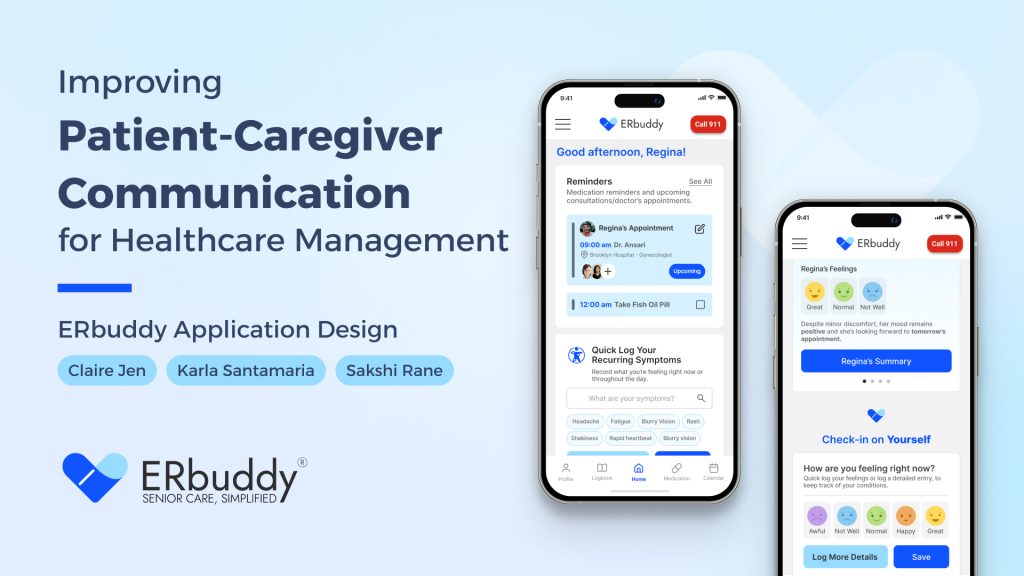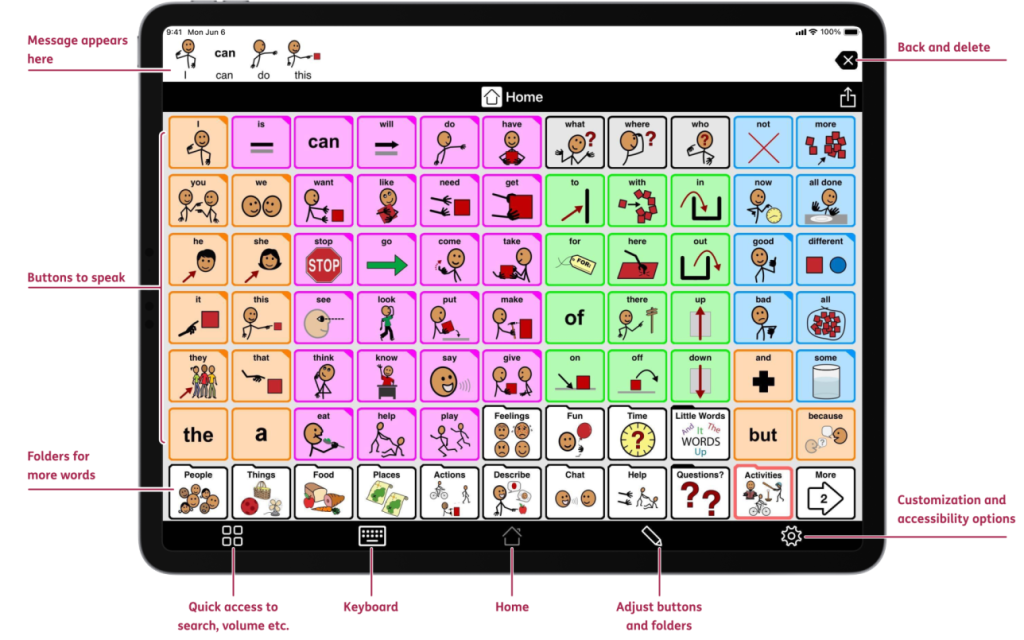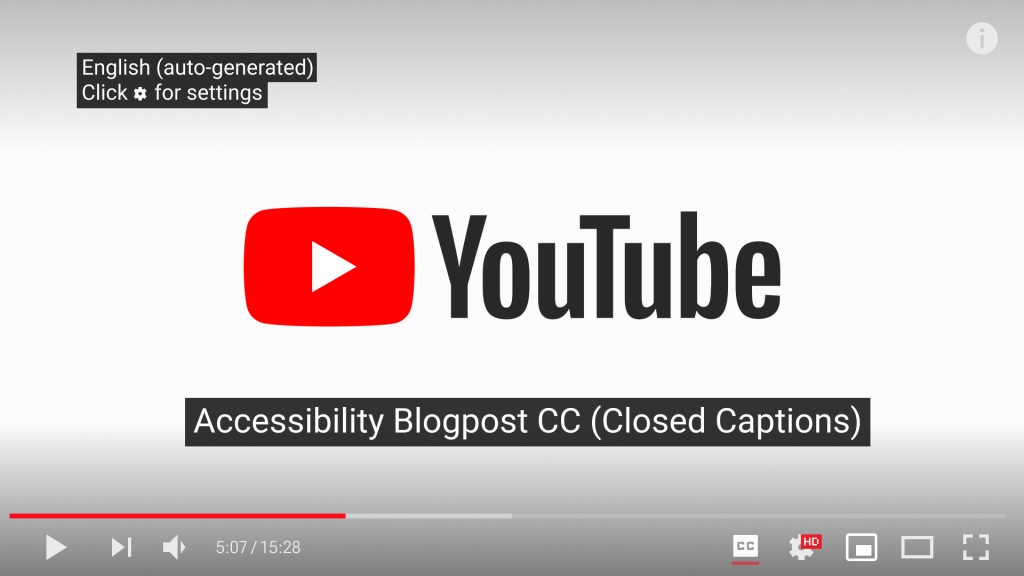Improving Patient-Caregiver Communication for Healthcare Management: ERbuddy Application Design
Team: Timeline: February – May, 2025 Client: ERbuddy, Inc. A Shared Vision for Better Care Project Overview Born in New York City, ERbuddy set out to transform how patients and caregivers communicate. Recognizing the challenges faced by elderly patients and their families in managing care and staying informed, the app was designed with real people […]







